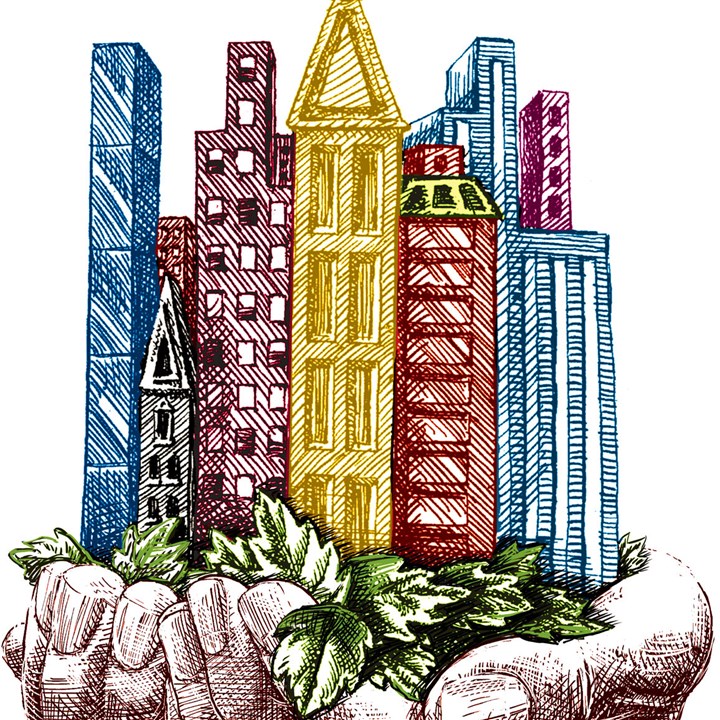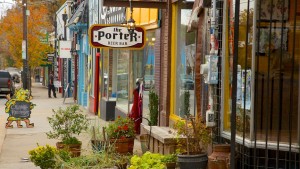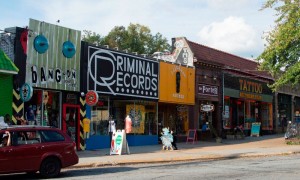National Center for Environmental Health, CDC. “Impact of the Built Environment on Health.” June 2011. PDF file.
The article begins by identifying the health issue that can be caused by the built environment. The built environment effects one’s physical health as far as something like having sidewalks or lack there of. The CDC has done research on the health impact, and on how much people would take advantage of sidewalks and bike lanes.
The CDC has found that having safe sidewalks and bike lanes greatly increase the number of people who take advantage of them which improves their health at the same time. Not only has the CDC done research on this topic, but it has also funded many workshops, events, and organizations to improve the built environment for the sake of peoples’ health.
I chose this article because it shows more about the effect of simple things in the built environment such as bike lanes and sidewalks that will improve peoples’ health. It is related to several of my other sources because it is on the topic of the effects of the built environment on health. The only weakness in this article was it was too much about what the CDC has done working to improve health rather than the built environment and health.







